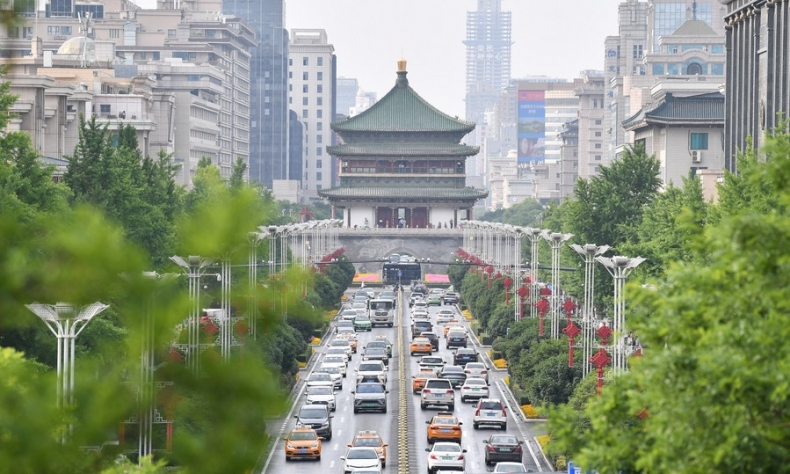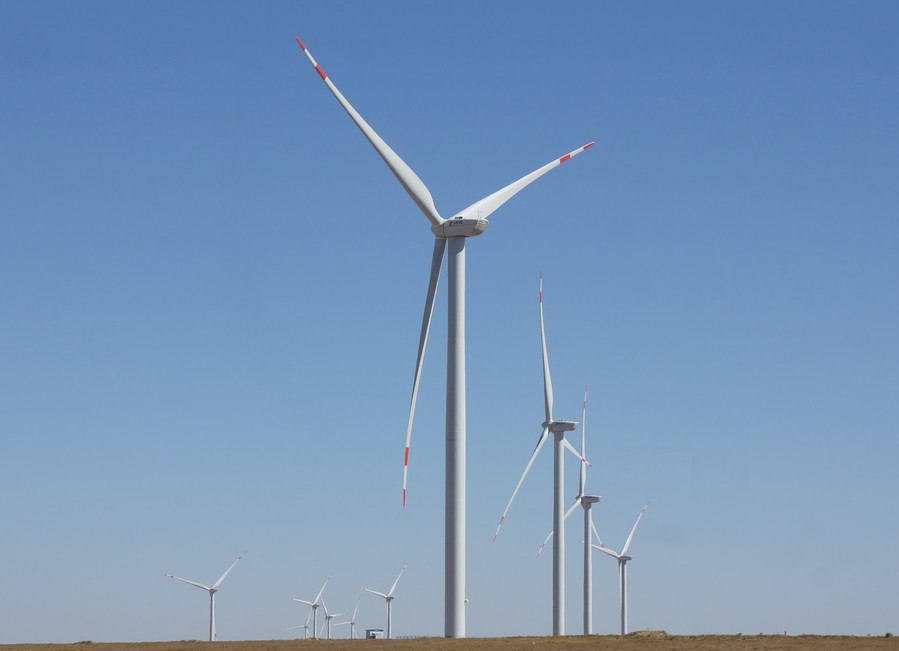Looking into History and Designing the Future

In 2023, it is Xi’an again that brings China and Central Asia closer.
Ten years ago, China proposed an interconnectivity mechanism to cement all-round synergies with other countries of the world interested in joining. This is the Belt and Road Initiative (BRI), which has since then evolved as a dynamic integration model attracting the attention of international scholars. The BRI was inaugurated in Kazakhstan, opening a new chapter in its relations with China but also impacting on the entire region of Central Asia. The parameter of geography was vital.
The May 2023 China-Central Asia Summit organized in Xi’an was thus a good opportunity to look at the results of the previous decade and discuss opportunities in the future. Trade between China and Central Asian countries, namely Kazakhstan, Kyrgyzstan, Tajikistan, Turkmenistan, Uzbekistan, rose from circa $46 billion in 2012 to over $70 billion in 2022.
Among other things, energy has been crucial. The China-Central Asia gas pipeline connects Turkmenistan, Uzbekistan, Kazakhstan, and China. Composed of three parallels that were constructed in 2009, 2010, and 2014, respectively, this artery has partly responded to the growing Chinese demand for gas. Another, the fourth corridor of the China-Central Asia gas pipeline, the so-called Line D, is currently underway. Additionally, the Kazakhstan-China pipeline was established in 2004, carrying oil from Kazakh fields to China. In particular, two different lines – the Atasu-Alashankou and Kenkiyak-Kumkol – are part of the same project. According to official data for 2021, the former transported 10.9 million tons, while the latter carried 6.7 million tons.

China’s investments in the five Central Asian economies are also significant. Official statistics demonstrate that by the end of 2022, Chinese foreign direct investments in the region will reach nearly $15 billion. In 2021 and 2022, China was the biggest investor in all countries apart from Kazakhstan. In the recent Summit, the Chinese government expressed its commitment to contributing to development in the region by providing approximately $3.8 billion in financial support and grants.
Going further, coordination in the sphere of security has been on the agenda. Kazakhstan, Kyrgyzstan, Tajikistan, and Uzbekistan are members of the Shanghai Cooperation Organization. Turkmenistan is not, but it attended the September 2022 Samarkand Summit as an honored guest. As a result of the Xi’an summit, the five Central Asian states agreed to pursue active cooperation with China on the Global Security Initiative. Challenges remain difficult, stemming inter alia from instability in Afghanistan but going beyond.
Relations between China and the five Central Asian countries in the new era are multidimensional, and Beijing is gradually becoming a protagonist in the area. While these relations are evolving at the bilateral level, the multilateral format provides a different framework that might be fruitful in the future. The mirror of history is always useful in planning the future. Xi’an was the capital of the Chinese Empire for more than a millennium at various times as well as a symbol of its glory. It was also the departure point for the ancient Silk Road. Under the Han Dynasty, it functioned as a crossroads for people of China and Central Asia and as a hub of diverse ethnic identities and religious beliefs.
In 2023, it is Xi’an again that brings China and Central Asia closer.
 Facebook
Facebook
 Twitter
Twitter
 Linkedin
Linkedin
 Google +
Google +










